 - Comrade Le Hong Phong (real name Le Huy Doan), was born on September 6, 1902 in Dong Thon village, Thong Lang commune, Hung Nguyen district, now Hong Phong hamlet, Hung Thong commune, Hung Nguyen district, Nghe An province. After graduating from the Oriental University (Soviet Union), in November 1931, he was sent by the Communist International to work in Indochina to restore and develop party bases. In Long Chau (China), under his direction, revolutionary training classes for Vietnamese patriots were organized, today often called "Le Hong Phong Training Class". As the organizer of the class, comrade Hoang Van Thu made many contributions to training the first core cadres for the Vietnamese revolution.
- Comrade Le Hong Phong (real name Le Huy Doan), was born on September 6, 1902 in Dong Thon village, Thong Lang commune, Hung Nguyen district, now Hong Phong hamlet, Hung Thong commune, Hung Nguyen district, Nghe An province. After graduating from the Oriental University (Soviet Union), in November 1931, he was sent by the Communist International to work in Indochina to restore and develop party bases. In Long Chau (China), under his direction, revolutionary training classes for Vietnamese patriots were organized, today often called "Le Hong Phong Training Class". As the organizer of the class, comrade Hoang Van Thu made many contributions to training the first core cadres for the Vietnamese revolution.
After the climax of the Nghe-Tinh Soviet movement in 1930-1931, the French colonialists intensified their repression and terror against Vietnamese patriots. In the country, tens of thousands of party members and patriots were arrested, imprisoned, and killed; many party and mass organizations were destroyed... The Vietnamese revolutionary movement entered a period of decline.
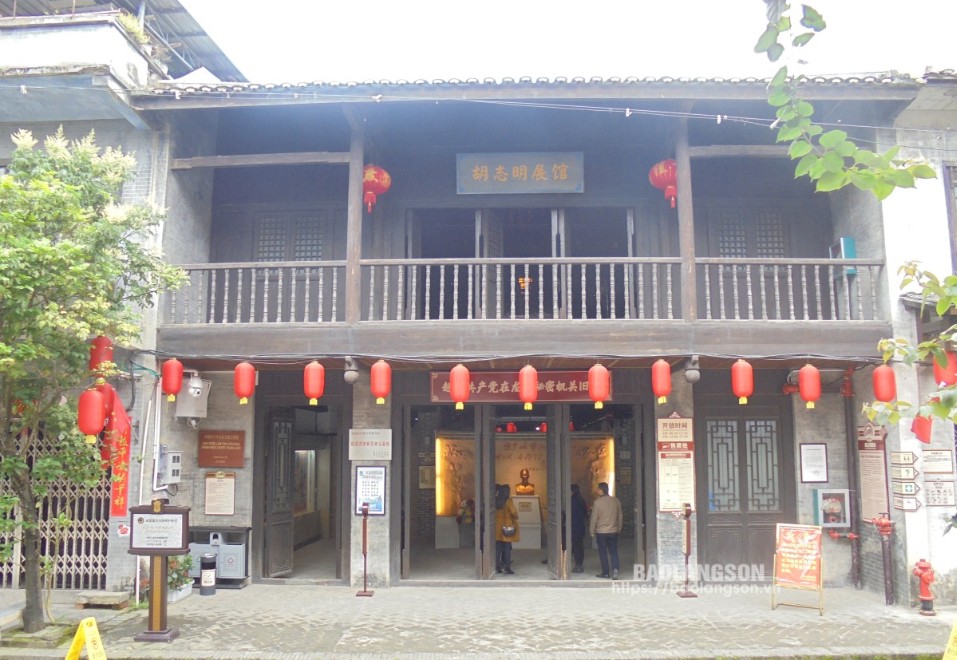
The task of restoring, consolidating and developing the revolutionary movement became more urgent than ever. At this time, Long Chau was the Party's overseas base and operating area. There was the Vietnam Revolutionary Youth Association, represented by Mr. Bui Ngoc Thanh, which had been operating vigorously since 1927, attracting patriotic Vietnamese to participate. In addition, there was the Long Chau Overseas Party Cell (established in 1930) still operating, including comrades: Hoang Dinh Giong (Party Cell Secretary), Hoang Van Thu (Deputy Secretary), Hoang Van Non, Luong Van Tri, Hoang Hong Viet... Therefore, in the journey to connect with the Vietnamese and Indochina revolutions, comrade Le Hong Phong turned to Long Chau.
In April 1932, from Siam (Thailand), he returned to the Nam Hung mechanical factory on Cong Hoa Street, Nanning City, Guangxi. This was a production facility established by Mr. Bui Ngoc Thanh to generate economic benefits for the organization, and at the same time create a contact point for Vietnamese patriots. According to the memoirs of Mr. Doan Viet Tho (aka Vi Duc Minh - who worked at the same time as comrade Hoang Van Thu), during his time here, he provided political training to patriots working at the factory such as Doan Viet Tho, Luong Van Tri, Vi Nam Son... The main content was the goals of the Vietnamese revolution, the political line of the Party... After that, under the organization of Mr. Bui Ngoc Thanh, he was brought to Long Chau town near the Vietnam - China border to work.
According to the Long Chau Museum, comrade Le Hong Phong lived and worked at the secret agency of Vietnamese patriots at 74-76 Nam Street (now both a relic and an exhibition house about President Ho Chi Minh ). This place was rented by Vietnamese revolutionaries since 1931 under the name of doing business but in reality it was the headquarters and contact point of the party organization and Vietnamese patriots.
Comrade Le Hong Phong was arranged to stay with comrade Hoang Van Thu in a small room on the upper floor of house number 76. Today, this relic site is clearly inscribed: "During most of the time of revolutionary activities in Long Chau, comrade Hoang Van Thu and Le Hong Phong rested and worked in this house". During their stay here, comrade Hoang Van Thu and Hoang Dinh Giong were educated by comrade Le Hong Phong in Marxist-Leninist theory, methods of organization, and guiding the masses in revolutionary struggle in secret circumstances...
Under the direction of comrade Le Hong Phong, at the end of 1932, Long Chau Party Cell was reorganized and developed into Long Chau Special Party Committee with the function of the Cao Bang - Lang Son Inter-Provincial Party Executive Committee. Comrade Hoang Dinh Giong held the position of Secretary, comrade Hoang Van Thu was Deputy Secretary. In addition, there were a number of Chinese party members such as: Tieu Quang Ho, Luu Mong Quang...
With the aim of strengthening the development of the revolutionary movement in the border area, under the direction of comrade Le Hong Phong, the cadre training classes of the Long Chau Party Committee were opened right in the living room on the second floor of house number 74. Comrade Hoang Van Thu and some other comrades in the Party Committee were in charge of the classes, with the task of selecting and organizing people from the two provinces of Lang Son and Cao Bang to attend the training courses. In addition, they were also responsible for ensuring logistics such as: food, accommodation, living... Comrade Le Hong Phong was the person who directly conveyed the content to the students.
According to revolutionary Ho Duc Thanh (aka Bich Tung) and recorded documents, the first training class was held in January 1933. To ensure safety, each class usually had only 5-6 people, each session lasted about 7-8 days, mainly learning basic knowledge about revolutionary struggle guidelines, how to conduct mass mobilization and organization work; political knowledge, world situation and Indochina situation... At the end of the course, there was usually a section to look at the remaining problems in the revolutionary movement in each locality.
Because the person who rented the house had good relations with the local government and was assisted by Chinese party members, the training classes took place safely. After completing the course, the students returned to the country to become the nucleus and core of the revolutionary struggle movement in the two provinces of Lang Son and Cao Bang. This political training class took place around 1933. Although it was not a long time, it had an important meaning in orienting and directing the revolutionary struggle, equipping the methods of mass work, from the recovery and strong development of the party base, arousing the people's confidence in the revolution, bringing the movement in the two provinces of Lang Son and Cao Bang to a new level of development. For Lang Son, it was the formation and development of mass organizations in Khua Da, Ma Meo, Tan Uyen... Especially the birth of the first party cell in Thuy Hung (Cao Loc) in mid-1933 with comrade Hoang Van Thu as Secretary.
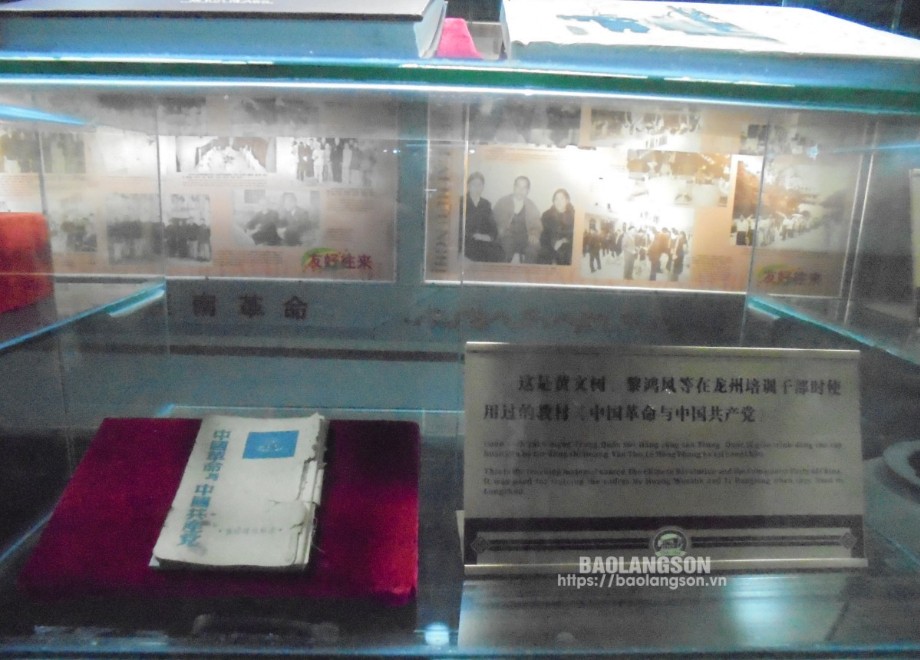
As a training program organized by the Long Chau Special Party Committee, in his position as Deputy Secretary and Secretary, Comrade Hoang Van Thu has made positive contributions in participating in developing the program content, organizing safe and effective training courses to create a core team of cadres to lead the revolutionary movement in Lang Son and Cao Bang. That is also an important foundation for him to organize revolutionary training courses later.
Today, Long Chau still preserves valuable traces of Le Hong Phong's training class of that period. Here, the small room where comrade Le Hong Phong and Hoang Van Thu often lived and worked at house number 76 Nam Street was restored. In the small room, there are simple, plain items bearing the style of the early 20th century such as a bed, desk and chair, oil lamp, chest, cabinet for storing personal belongings... Right next to it is the living room used as a training place for cadres of that period and later years. The space is decorated like a meeting place with a large square table, surrounded by 4 armchairs, behind which are placed more armchairs and long sofas for many people to sit, facing the center position.
In the general exhibition space of the theme “Long Chau with President Ho Chi Minh”, there are some artifacts which are the daily necessities that comrades Le Hong Phong and Hoang Van Thu used during their time there, such as: rice containers, stone mills, rice pounding pestles, etc. In particular, there is a book “Chinese Revolution and the Chinese Communist Party” in Chinese, which is a textbook that comrades Le Hong Phong and Hoang Van Thu used to teach training classes. It can be said that this is a valuable relic that helps research on the revolutionary life of comrades Le Hong Phong and Hoang Van Thu, and at the same time demonstrates the process of restoring, consolidating and developing the Vietnamese revolutionary movement in the years after the Nghe-Tinh Soviet movement of 1930-1931.
Source: https://baolangson.vn/dong-chi-hoang-van-thu-voi-lop-huan-luyen-le-hong-phong-o-long-chau-trung-quoc-5025735.html


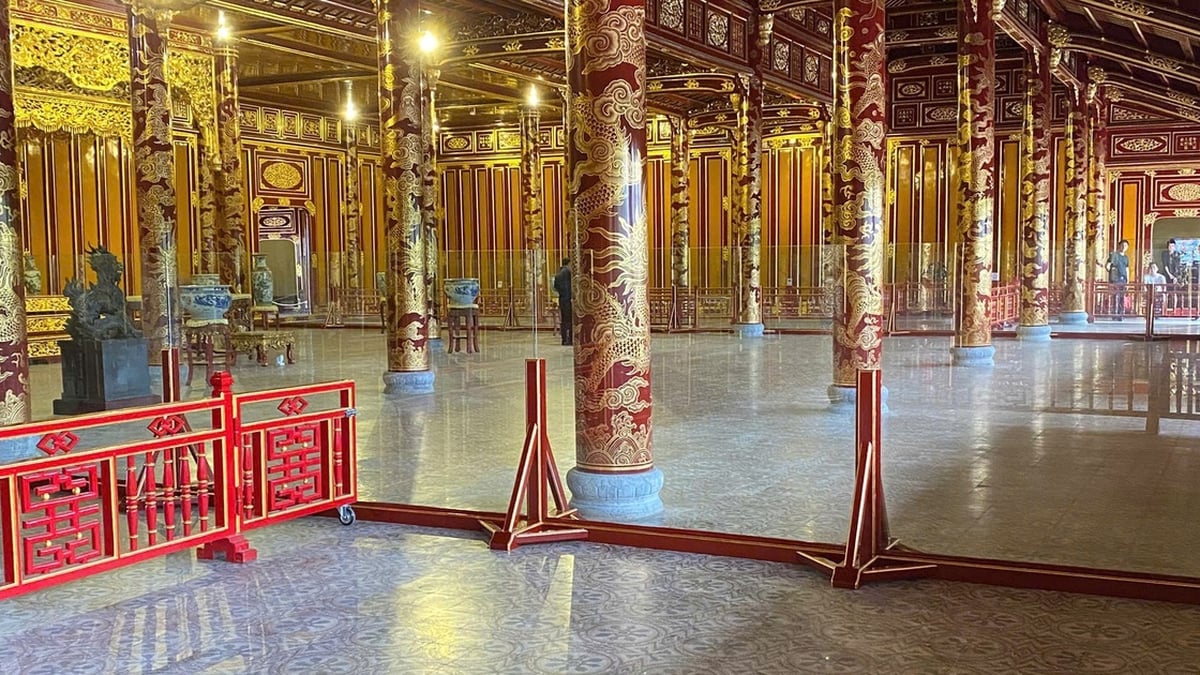

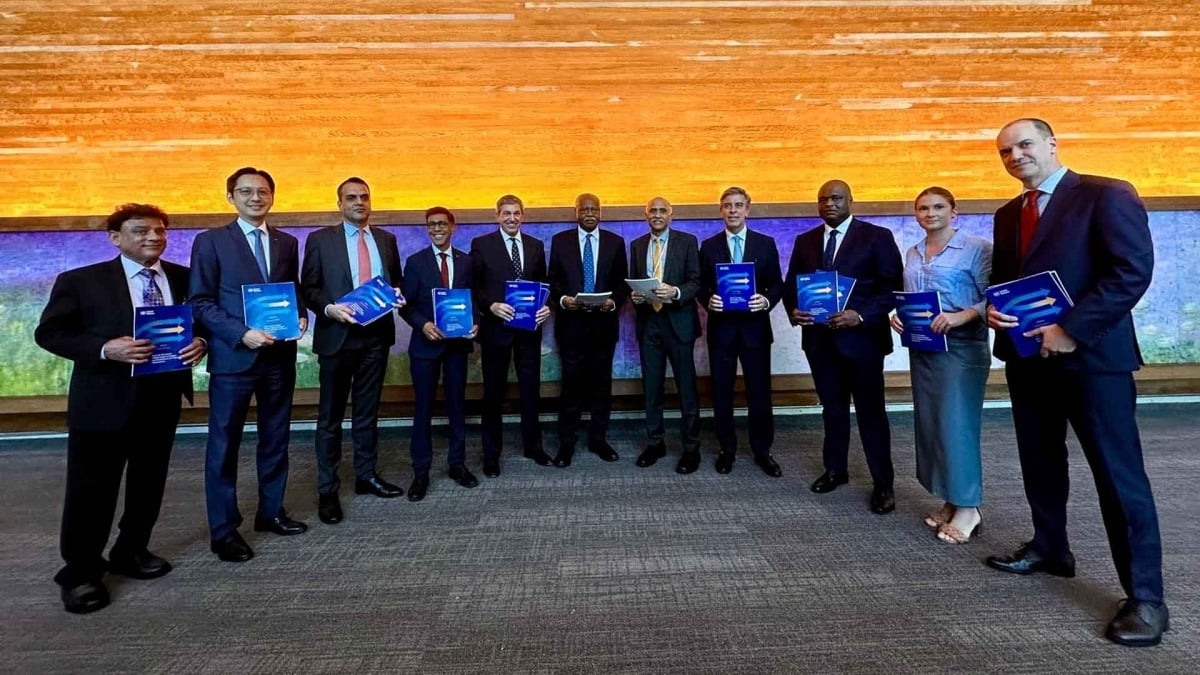


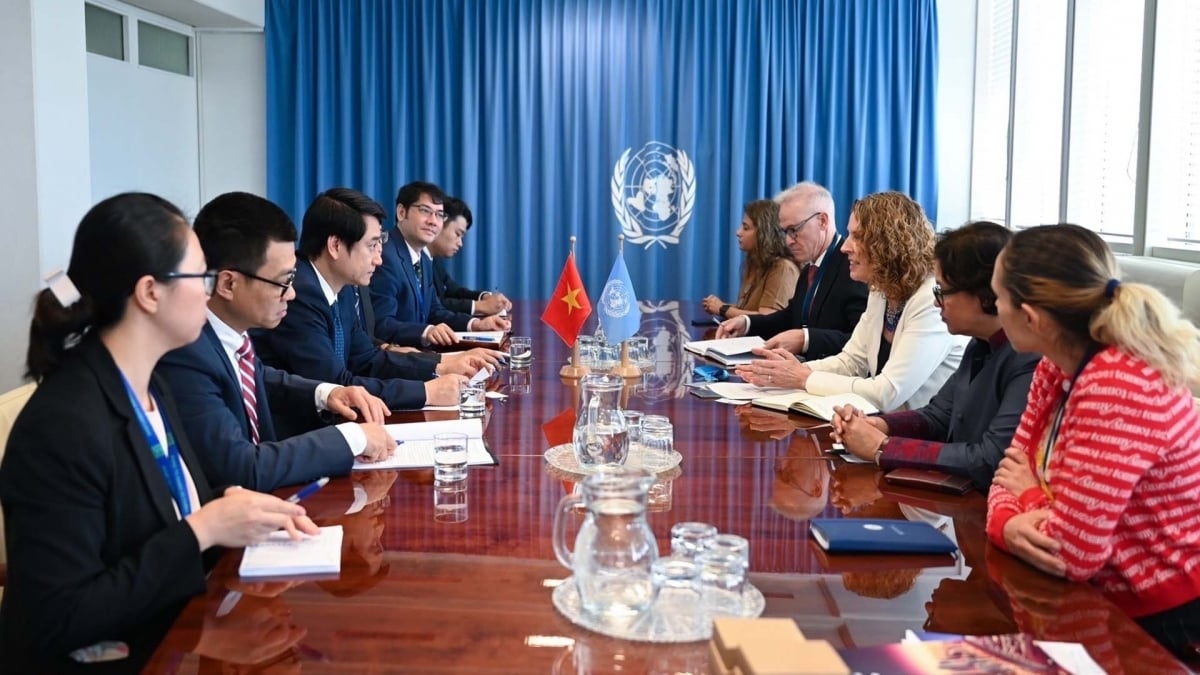
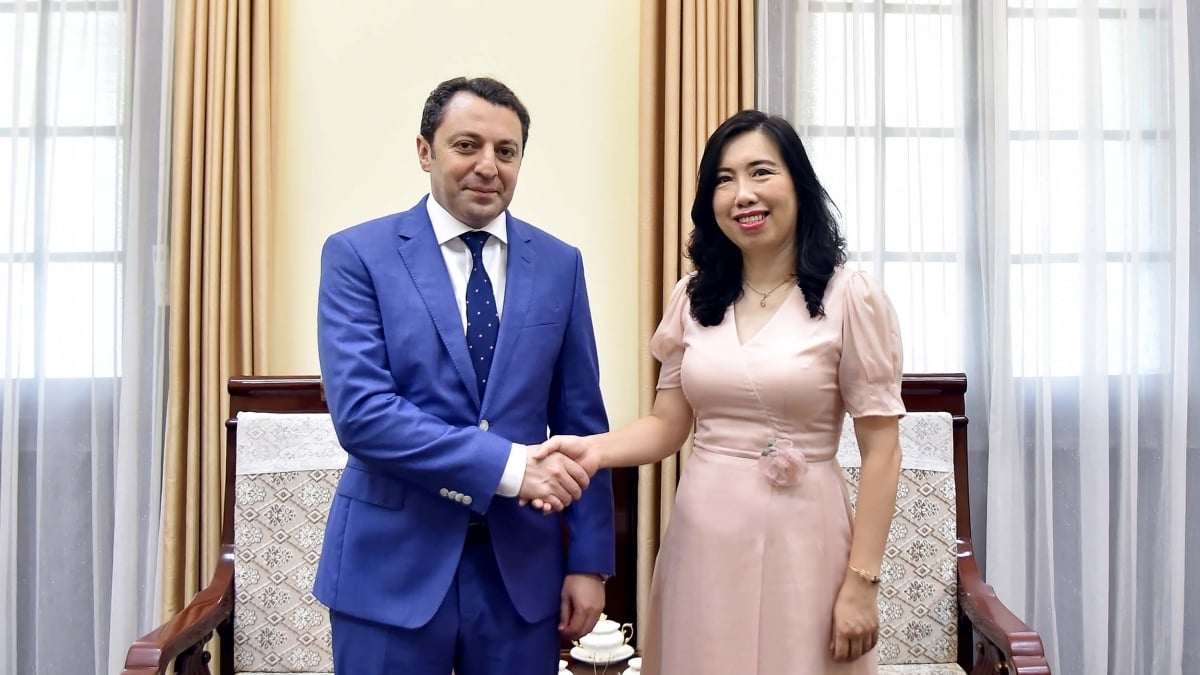
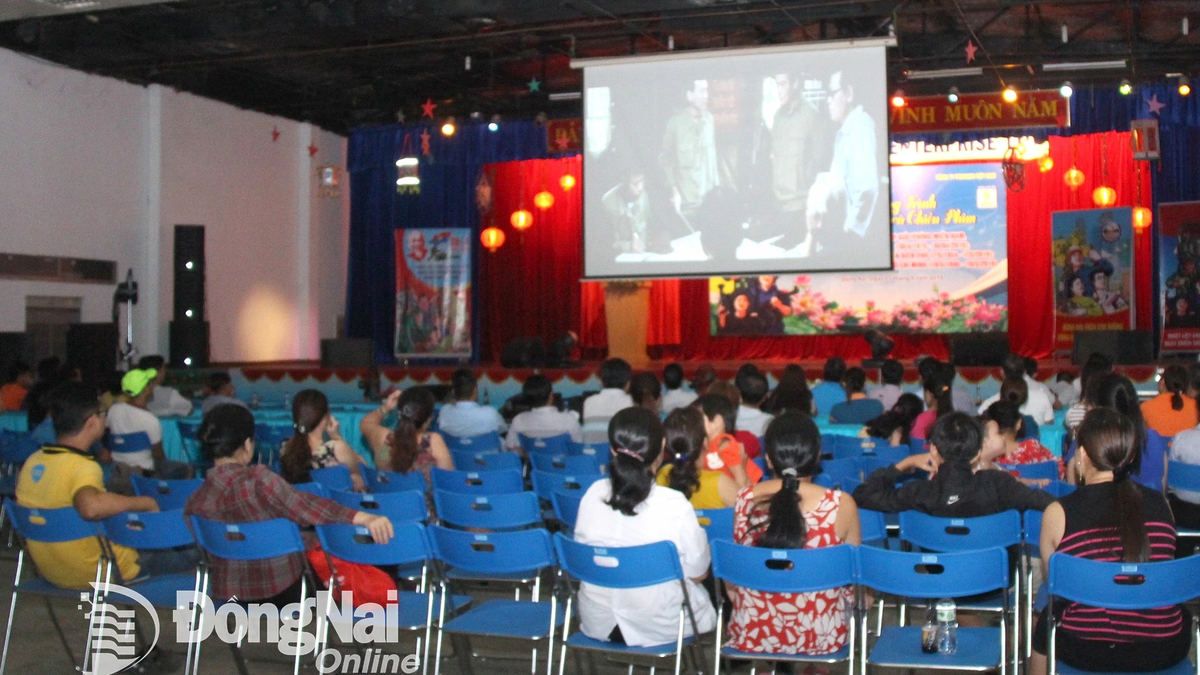

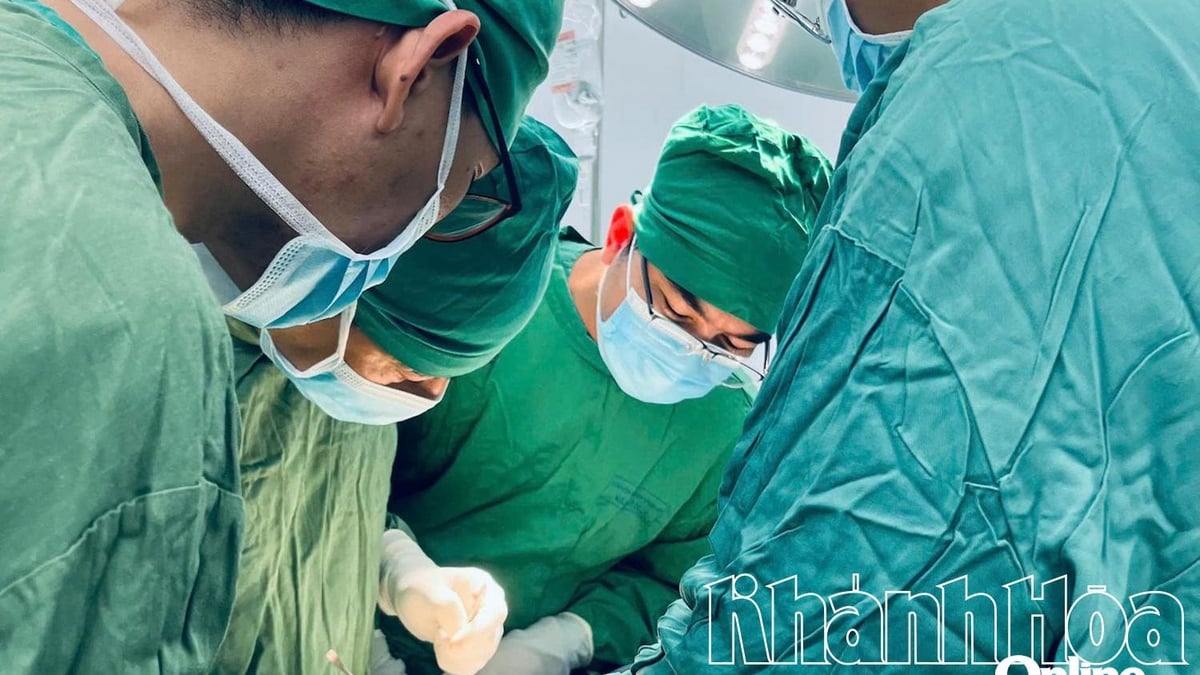

















































































![[Infographic] In 2025, 47 products will achieve national OCOP](https://vphoto.vietnam.vn/thumb/402x226/vietnam/resource/IMAGE/2025/7/16/5d672398b0744db3ab920e05db8e5b7d)





Comment (0)